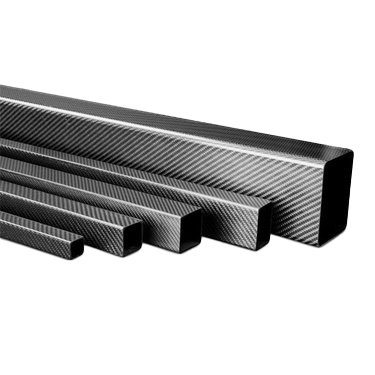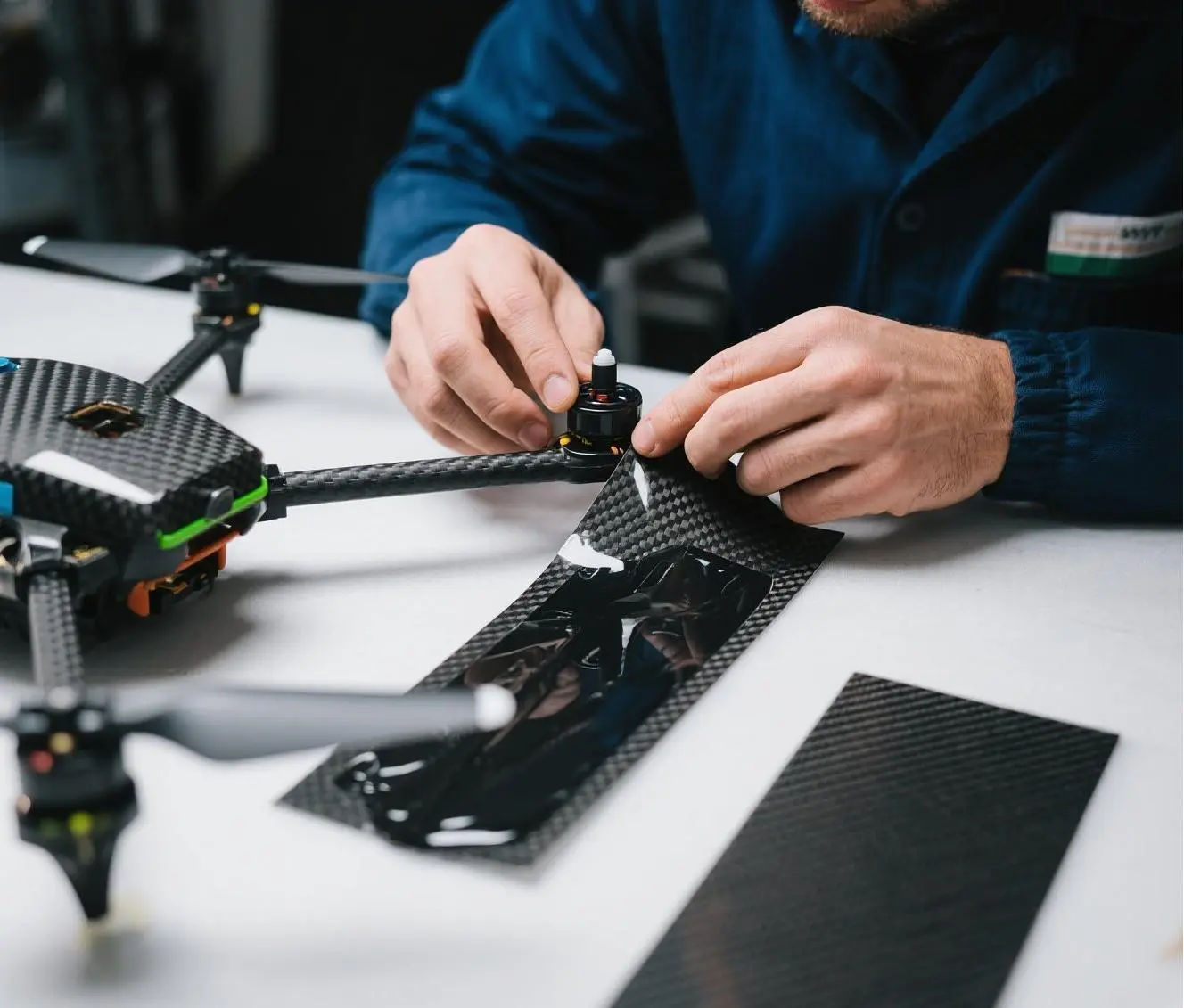
Adhesive Bonding: A Reliable Method
About how to join carbon fiber tubes? Adhesive bonding stands out as a preferred method for joining carbon fiber tubes. Utilizing high-strength epoxies, such as 3M’s Scotch-Weld DP-420 NS, ensures a robust bond. Before application, it’s essential to prepare the surfaces by sanding with 120-grit sandpaper and cleaning with acetone or isopropyl alcohol to remove contaminants. This method is particularly effective for connecting carbon fiber sleeve tubes and carbon fiber speargun tubes.
Mechanical Fasteners: For Detachable Connections
Mechanical fastening offers a straightforward approach, especially when disassembly is anticipated. Using bolts, screws, or rivets can provide strong connections. However, caution is advised as drilling into carbon fiber can compromise its integrity. For applications like carbon fiber shotgun extension tubes or carbon fiber pistol buffer tubes, consider using clamps or collars designed specifically for carbon fiber to avoid potential damage.
References:
1. How To Cut Carbon Fiber Tubes: Key to Tolerance and Customer Relationships
2.How We Helped Our Client Solve Product Issues with Our Carbon Fiber Tubes?
3.Building Your Ultimate Lightweight Drone Frame: A Carbon Fiber Sheets Step-by-Step Guide
4.How to Improve the Surface Quality of Large Diameter Carbon Fiber Tubes
5.how to join carbon fiber tubes?
Hybrid Connections: Combining Strengths
For applications demanding both strength and flexibility, hybrid connections—combining adhesive bonding with mechanical fastening—are ideal. This method enhances load distribution and reduces stress concentrations. It’s particularly beneficial for projects involving carbon fiber rocket body tubes or carbon fiber telescoping tubes, where both rigidity and adaptability are required.
Utilizing Connectors and Splices
Pre-fabricated connectors and splices simplify the assembly process. Products like DragonPlate’s carbon fiber tube splices are designed to fit snugly within tubes, providing a seamless connection when bonded with structural adhesives. These are especially useful for extending carbon fiber square tube 10mm or carbon fiber square tube 20mm sections.
Telescoping Mechanisms: Adjustable Solutions
For applications requiring adjustable lengths, telescoping mechanisms are invaluable. Systems incorporating twist locks, clamps, or spine buttons allow for easy length adjustments while maintaining structural integrity. Such mechanisms are ideal for carbon fiber telescoping tubes used in various industries, from photography to aerospace.
Final Thoughts
Joining carbon fiber tubes effectively hinges on selecting the appropriate method tailored to the specific application. Whether opting for adhesive bonding, mechanical fastening, hybrid connections, or specialized connectors, ensuring proper preparation and technique is paramount. By understanding the nuances of each method, you can achieve durable and reliable connections for your carbon fiber projects.



One Response